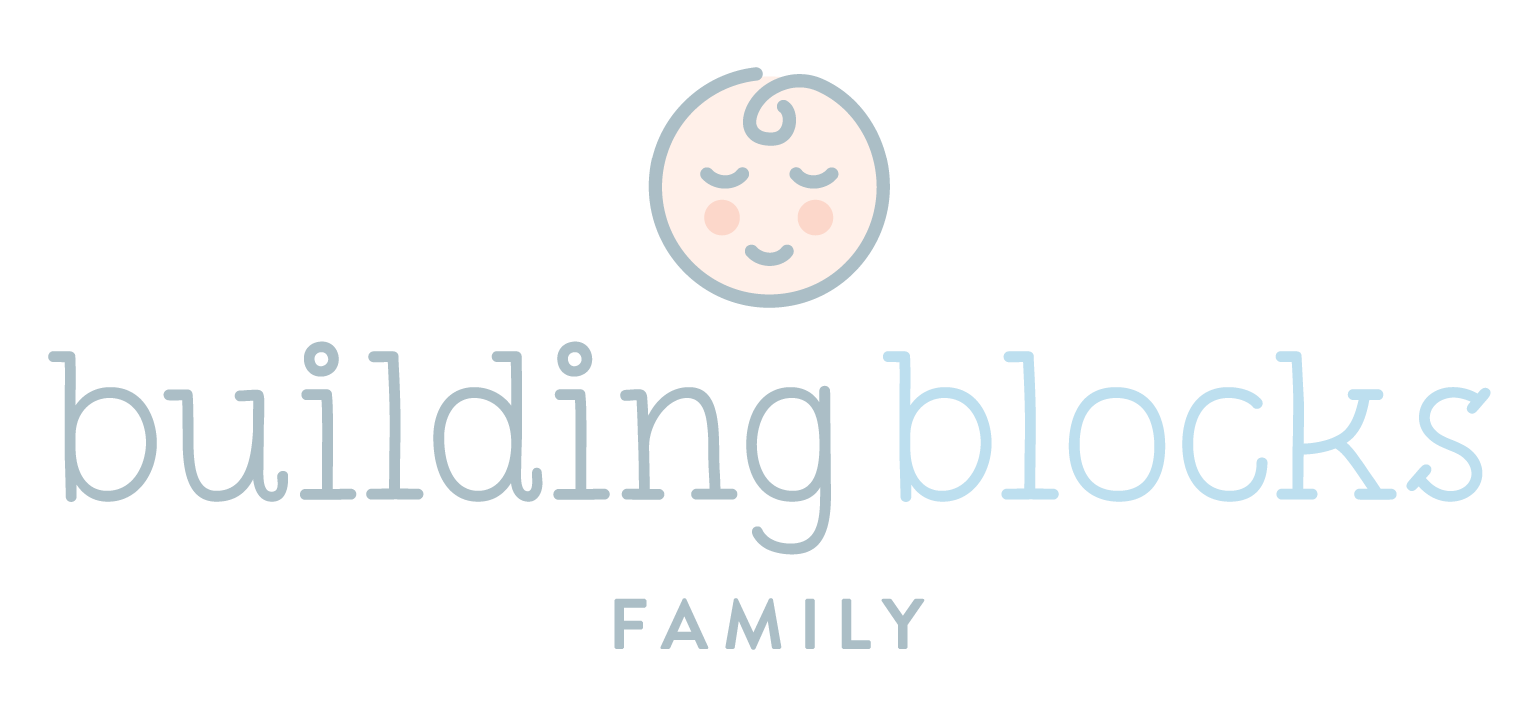Safe Sleep 101
Safe Sleep Practices
(for the first year)
I remember being pregnant with my oldest and researching SIDS (Sudden Infant Death) A LOT! I would spiral thinking about it. I am super type-A so researching and gathering information helped me. Learning the new “rules” also seemed to calm me. For whatever reason, once Harper was born, I was calmer about the whole thing. Never fully calm, I practically slept with one eye open the first few weeks she was alive, just to make sure she was breathing. I do think knowing the information on safe sleep and putting it into practice helped greatly.
My goal with this blog entry is not to scare anymore. It is to inform you. It is to provide education on safe sleep so that everyone can feel more comfortable and know you are doing all you can for safety. Below is information on safe sleep practices for the entire first year. I strongly encourage all my clients to follow these practices for the first year of life.
So what is SIDS anyways? SIDS (Sudden Infant Death) is the sudden and unexplained death of a baby younger than 1 year old. More than 90% of SIDS deaths occur before babies reach 6 months of age. Even though SIDS can occur anytime during a baby's first year, most SIDS deaths occur in babies between 1 and 4 months of age. Over the years, there have been changes to the recommendations around sleep for babies. In the 90s, the “back is best” campaign reduced the risk of SIDs by 50%. This is the idea of placing the baby on their backs for sleep periods. Although the risk of SIDS is low, it is very important to follow the recommendations with sleep, know the research, and make informed decisions for your family. Also, of course seek advice from your pediatrician as well.
Below is helpful information for safe sleep practices & recommendations:
The acronym used for safe sleep: ABC
A: Alone
B: Back
C: Crib
*The AAP specifies the crib, a bassinet, and/or a play yard (like a pack n play) as the three spaces a baby should sleep in.
Safe Sleep Recommendations:
Put baby to bed on their back each and every time
Put baby to sleep on a hard surface (i.e. bassinet, Pack n Play, and/or crib).
Avoid sleeping in bed with your baby— This is not only unsafe, but carries risk of suffocation.
No loose bedding or items in the crib until 1 year of age (a pacifier can be used but avoid the ones with a stuffed animal on the end for sleep, as those are counted as an item in the crib).
Place on a firm mattress
If swaddling, use a sleep sac or similar product with a zipper and/or velcro. You can swaddle with arms in but there is contradicting research with this and SIDS risk (see article below for reference)
Offer a pacifier at nap time and bed time. There is research that showing this helps decrease the risk of SIDS
Avoid smoke exposure during and after pregnancy
Breast Feeding has also been shown to lower the risk of SIDS
Avoid over heating the baby
Avoid exposure to smoking
The American Academy of Pediatrics takes a neutral stance on swaddling. Please refer to this article for information on how to safely swaddle, risks with swaddling and AAP recommendations for safe sleep (as stated above).

